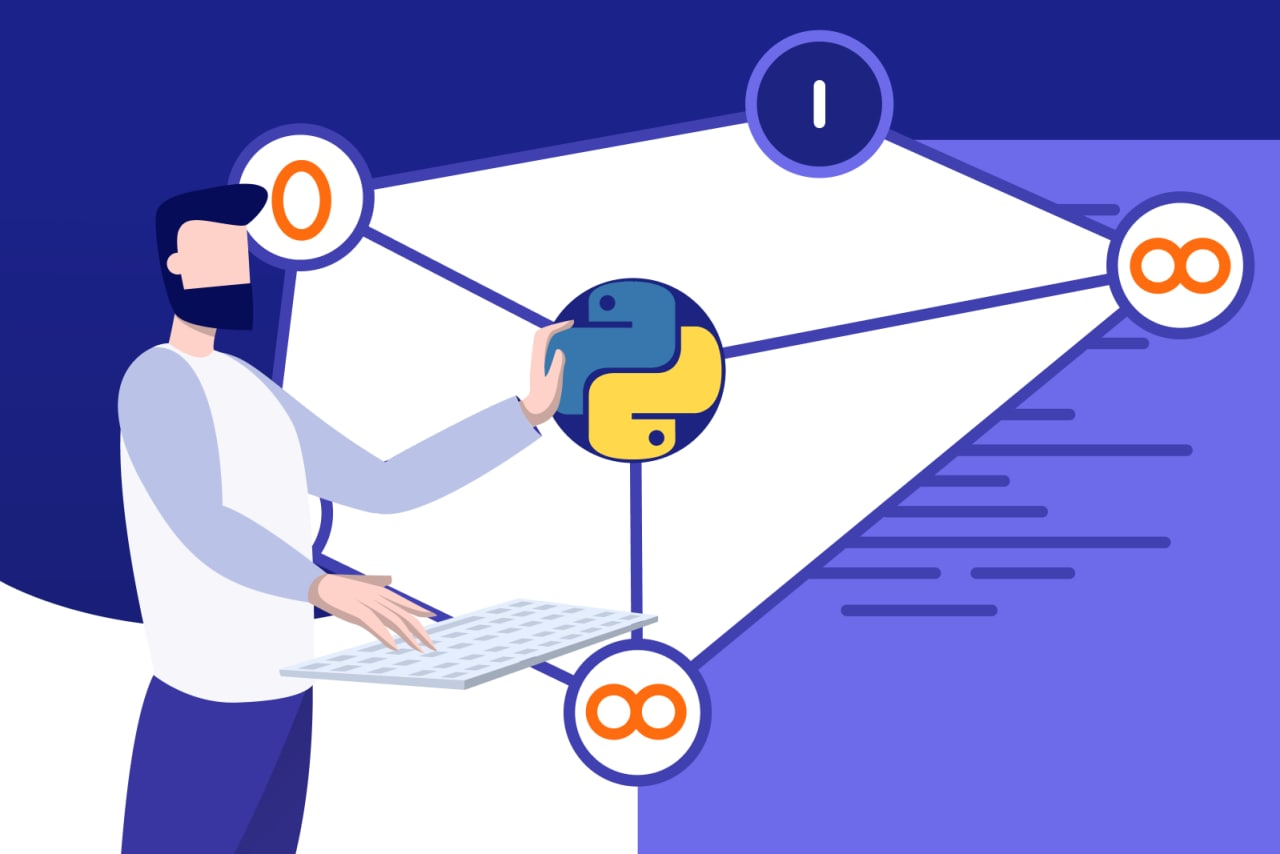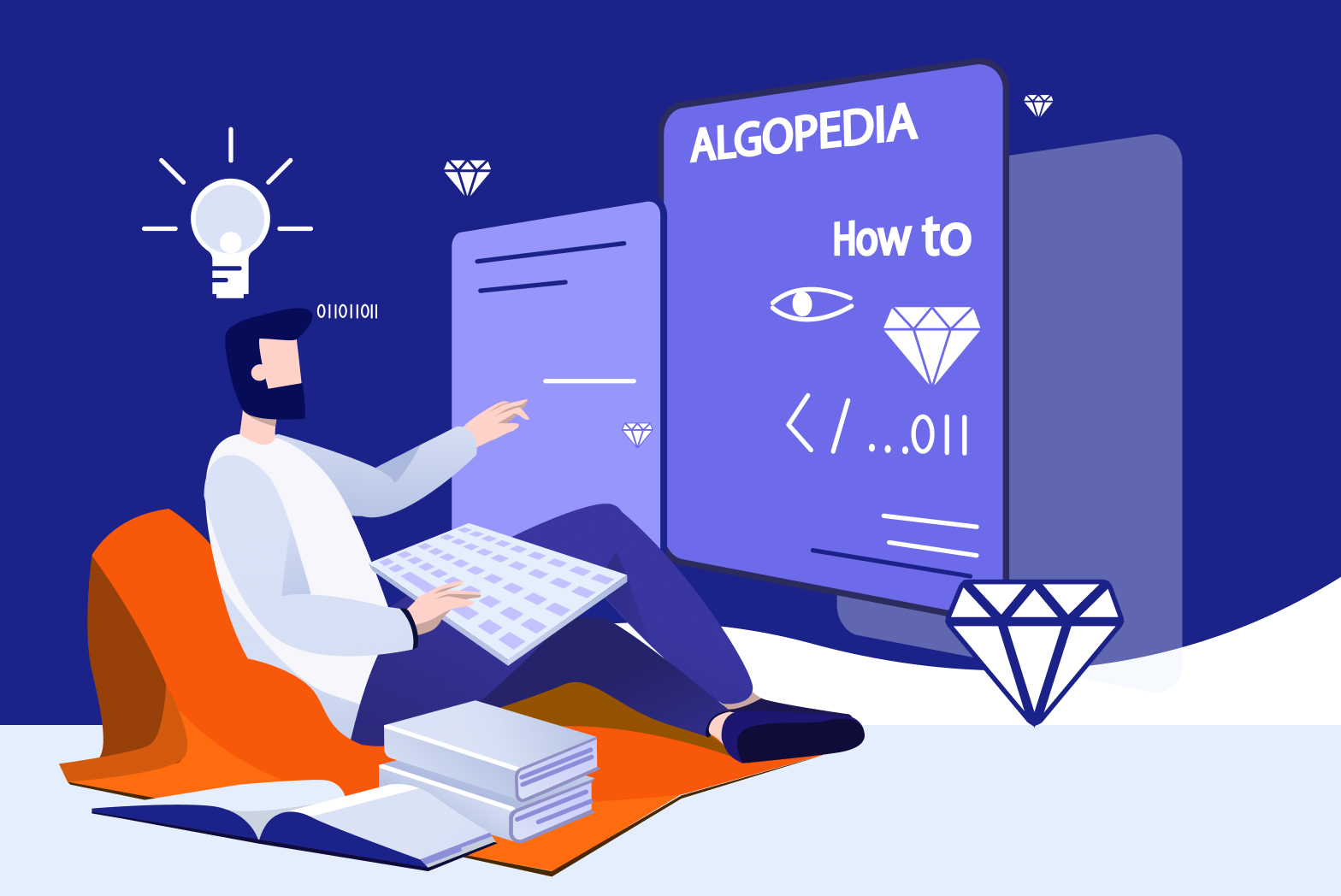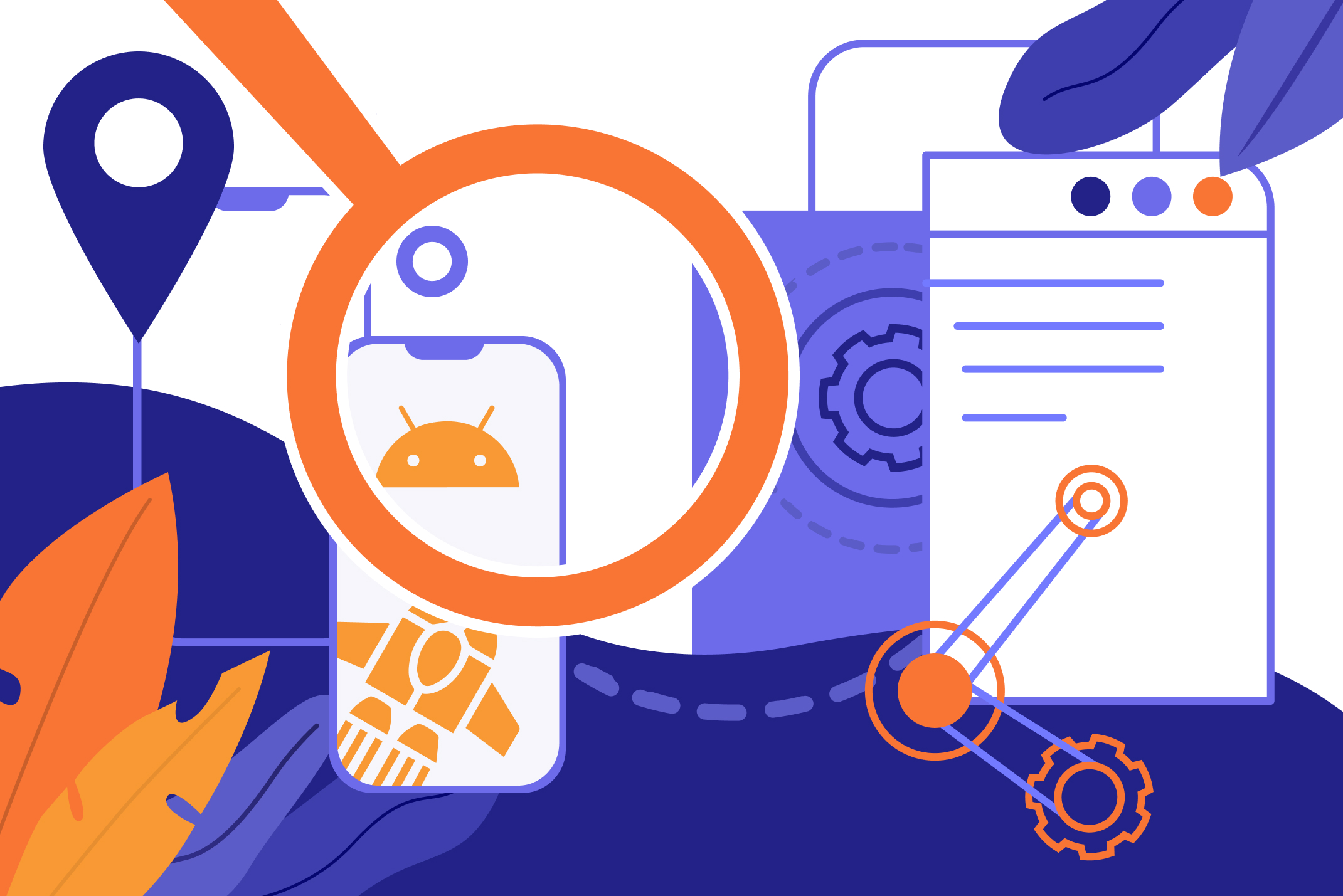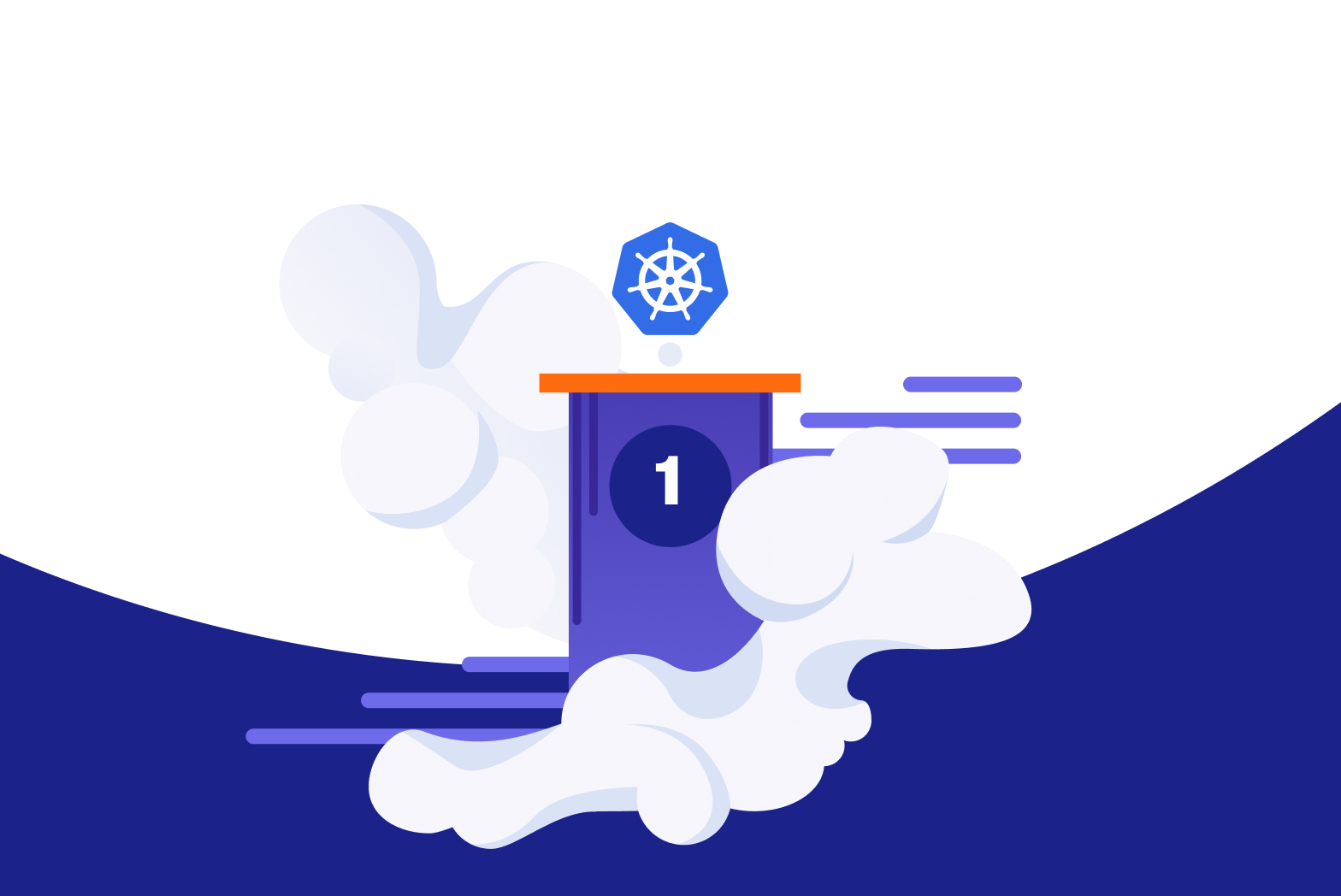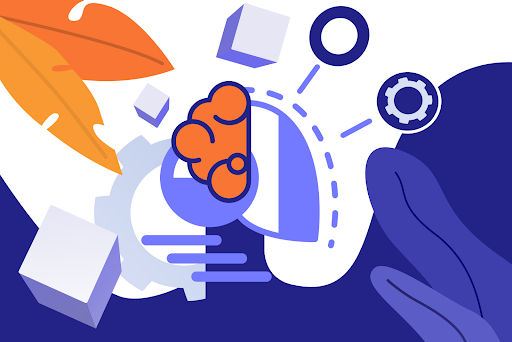
Introduction
Python is a popular tool for performing machine learning tasks such as deep learning. This can be attributed to a number of reasons, with the major one being Python’s simple syntax.
The simplicity of Python has attracted many developers to build libraries for performing deep learning tasks. Today, there are hundreds of deep learning libraries developed specifically for use in Python.
If you want to perform deep learning tasks in Python, but you’re stuck on which library to use, you’ve come to the right place.
In this article, I will give you the 5 best Python libraries for deep learning. You’ll then decide which one can help you achieve your deep learning goals.
What is Deep Learning?
Deep learning is a machine learning technique that imitates the way a human brain works in processing data and generating patterns for use in decision making.
It is the key technology behind driverless cars, enabling them to distinguish pedestrians from lampposts and recognize a stop sign.
Deep learning is also the key technology behind voice control in consumer devices such as TVs, phones, tablets, and hands-free speakers.
In deep learning, artificial neural networks, which are algorithms inspired by the human brain, learn from huge volumes of data. Deep learning models can achieve a high degree of accuracy to the extent of exceeding human-level performance in some cases.
The models are trained using huge volumes of labeled data and neural network architectures with many layers.
When training Deep Learning models, the goal is always to minimize the error between inputs and the target outputs. The model is said to have learned if this error is reduced.
Top 5 Deep Learning Libraries in Python
The following are the best deep learning libraries for use in Python:
TensorFlow

TensorFlow is an open-source library developed by the Google Brain Team researchers. Most Google applications use TensorFlow for machine learning. Examples include Google voice search and Google Photos.
TensorFlow uses data flow graphs to represent neural networks as a series of Tensors. It is a good library for distributed computing.
Theano

Theano serves as a base for many deep learning libraries. It lets you define, evaluate, and optimize mathematical expressions involving multidimensional arrays. Theano works similarly as TensorFlow but it’s less efficient because it can’t fit in production environments. Just like TensorFlow, you can use Theano in distributed or parallel environments. Theano uses the GPU transparently and it is tightly integrated with NumPy.
Keras

Keras is a modular, minimalist Neural Network library that uses TensorFlow or Theano as a backend. It makes it easy for neural network programmers to experiment and implement ideas into results. This makes Keras the best Python deep learning library for beginners.
Keras comes with algorithms for normalization, optimizers, and activation layers. It is also a good library for working with convolutional neural networks. With Keras, you can build both graph-based and sequence-based networks.
PyTorch

PyTorch is a Python package that comes with two high-level features:
- Tensor computation with strong GPU acceleration.
- Deep neural networks created on a tape-based autograd system.
It is normally used as a replacement for NumPy by developers who need to use the power of GPUs or as a deep learning research platform due to its fast speed and flexibility.
PyTorch provides a unique way of building neural networks by using and replaying a tape recorder.
NeuroLab

It is a simple, yet powerful Neural Network library for Python. It supports different types of neural networks like single layer perceptron, multilayer feedforward perceptron, Elman Recurrent network, competing layer (Kohonen Layer), Hopfield Recurrent network, etc. NeuroLab is well-known for its flexible learning algorithms and network configurations.
End Notes
Deep learning is a subfield of machine learning that imitates the way a human brain works. Deep learning tasks are solved using artificial neural networks. There are several Deep learning libraries for Python. This makes Python the best programming language for performing deep learning tasks. The Python’s Deep Learning libraries differ in their approach to the implementation of artificial neural networks.
